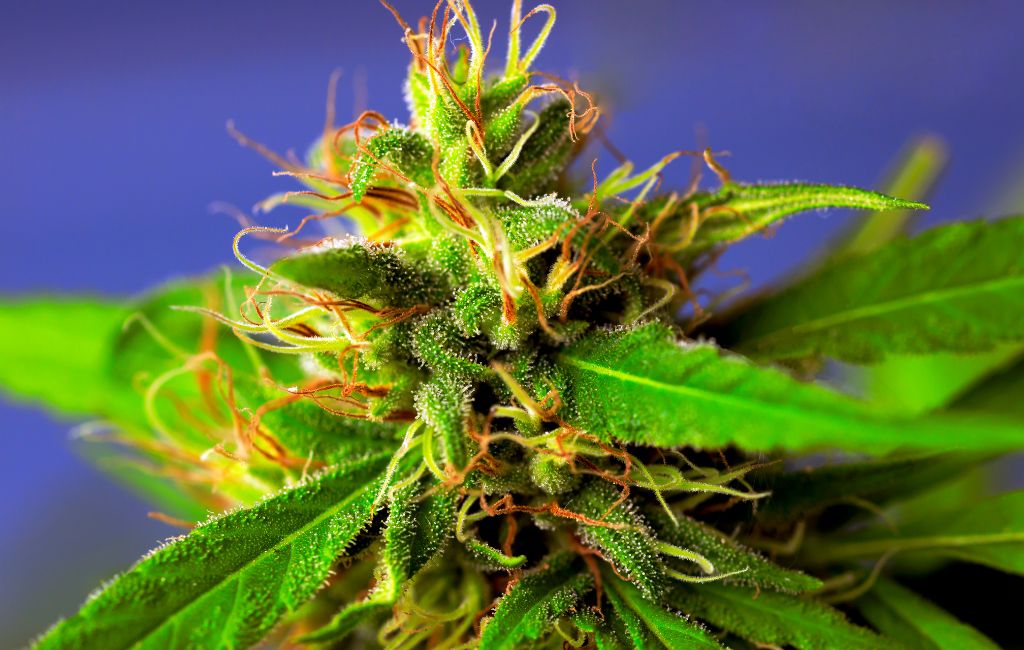-
Table of Contents
- THCa Flower: A Comprehensive Guide for New Users
- What is THCa Flower?
- How THCa Differs from THC
- Benefits of THCa Flower
- How to Use THCa Flower
- Raw Consumption
- Juicing
- Topical Applications
- Decarboxylation
- What to Expect When Using THCa Flower
- Non-Psychoactive Effects
- Potential Therapeutic Benefits
- Possible Side Effects
- Case Studies and Statistics
- Case Study: THCa for Epilepsy
- Statistics on THCa Usage
- Conclusion
THCa Flower Comprehensive
THCa flower has been gaining popularity among cannabis enthusiasts and medical users alike. This guide aims to provide new users with a thorough understanding of what THCa flower is, its benefits, how to use it, and what to expect.
What is THCa Flower?
THCa, or tetrahydrocannabinolic acid, is a non-psychoactive cannabinoid found in raw and live cannabis. Unlike THC, THCa does not produce a high when consumed in its raw form. It is only when THCa is heated through a process called decarboxylation that it converts into THC, the psychoactive compound.
How THCa Differs from THC
While both THCa and THC are cannabinoids, their effects on the body are quite different. THCa is known for its potential anti-inflammatory, neuroprotective, and anti-emetic properties. THC, on the other hand, is well-known for its psychoactive effects, which can alter mood, perception, and cognition.
Benefits of THCa Flower
THCa flower offers a range of potential benefits, making it an attractive option for both recreational and medical users.
- Anti-inflammatory Properties: THCa has shown promise in reducing inflammation, which can be beneficial for conditions like arthritis and other inflammatory diseases.
- Neuroprotective Effects: Research suggests that THCa may help protect brain cells, potentially offering benefits for neurodegenerative diseases such as Alzheimer’s and Parkinson’s.
- Anti-emetic Benefits: THCa may help reduce nausea and vomiting, making it useful for patients undergoing chemotherapy or those with severe gastrointestinal issues.
How to Use THCa Flower
There are several ways to consume THCa flower, each offering different experiences and benefits.
Raw Consumption
One of the simplest ways to use THCa flower is by consuming it raw. This can be done by adding it to smoothies, salads, or other foods. Consuming raw THCa flower will not produce a high but will allow you to benefit from its potential therapeutic properties.
Juicing
Juicing fresh cannabis leaves and flowers is another popular method. This allows you to consume a concentrated form of THCa along with other beneficial cannabinoids and nutrients found in the plant.
Topical Applications
THCa can also be used in topical applications. Infusing THCa flower into oils or creams can provide localized relief for pain and inflammation without any psychoactive effects.
Decarboxylation
If you prefer the psychoactive effects of THC, you can decarboxylate THCa flower by heating it. This can be done through smoking, vaping, or cooking. Once decarboxylated, the THCa converts into THC, providing the familiar high associated with cannabis.
What to Expect When Using THCa Flower
Understanding what to expect when using THCa flower can help you make informed decisions and have a more enjoyable experience.
Non-Psychoactive Effects
When consumed raw or in its non-decarboxylated form, THCa will not produce any psychoactive effects. This makes it a suitable option for those who want to avoid the high associated with THC.
Potential Therapeutic Benefits
Many users report experiencing relief from inflammation, pain, and nausea when using THCa flower. While more research is needed to fully understand its therapeutic potential, early studies and anecdotal evidence are promising.
Possible Side Effects
While THCa is generally well-tolerated, some users may experience mild side effects such as dry mouth, dizziness, or gastrointestinal discomfort. It’s always a good idea to start with a small amount and monitor your body’s response.
Case Studies and Statistics
Several studies and anecdotal reports highlight the potential benefits of THCa flower.
Case Study: THCa for Epilepsy
A study published in the journal “Epilepsy & Behavior” examined the effects of THCa on a group of patients with epilepsy. The study found that THCa reduced seizure frequency in several patients, suggesting its potential as an alternative treatment for epilepsy.
Statistics on THCa Usage
According to a survey conducted by the Brightfield Group, approximately 20% of medical cannabis users have tried THCa flower. Of those, 70% reported positive effects, particularly in managing pain and inflammation.
Conclusion
THCa flower offers a unique and versatile option for cannabis users, providing potential therapeutic benefits without the psychoactive effects of THC. Whether you’re looking to manage inflammation, protect your brain health, or reduce nausea, THCa flower may be worth exploring. As always, consult with a healthcare professional before starting any new treatment regimen.
